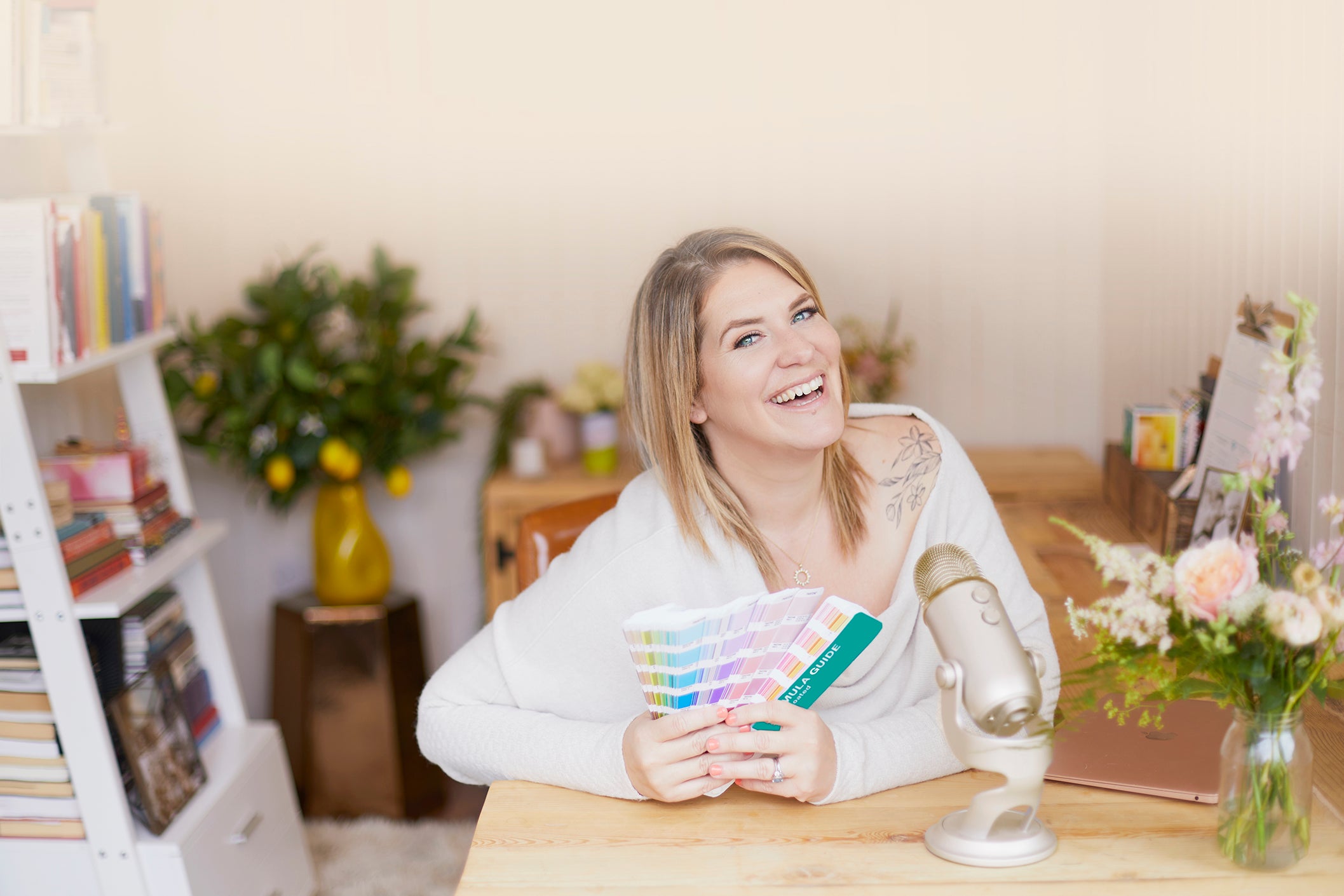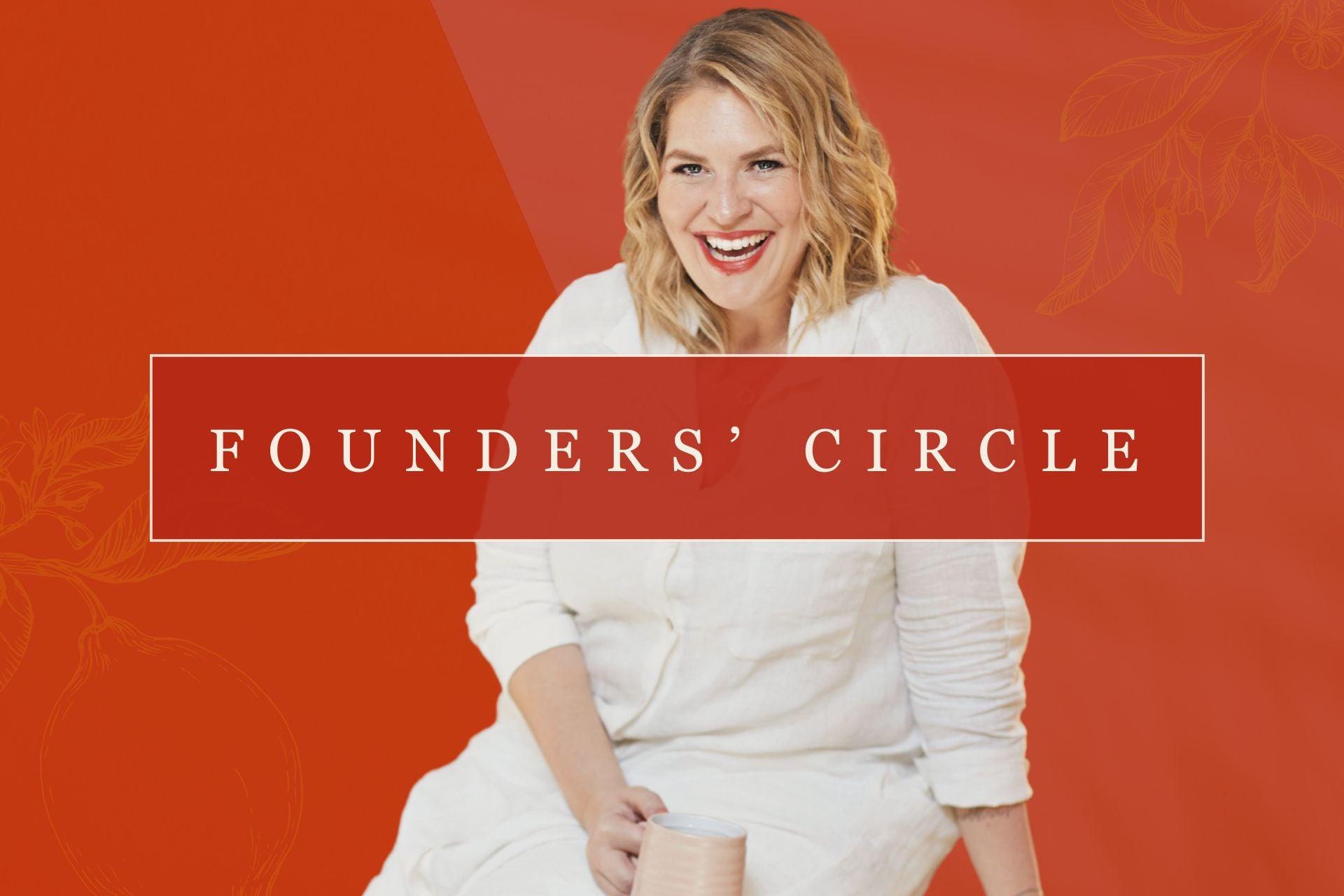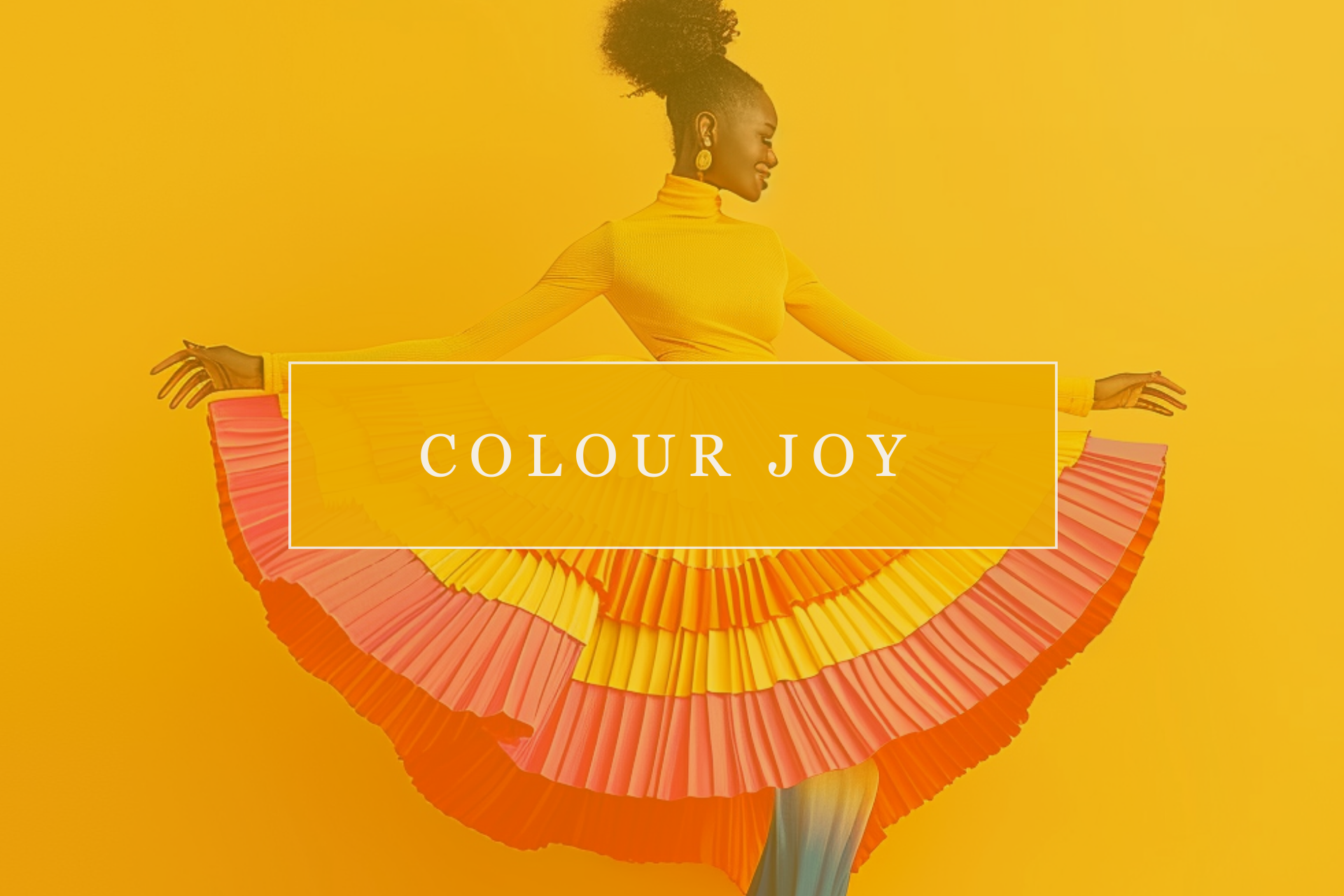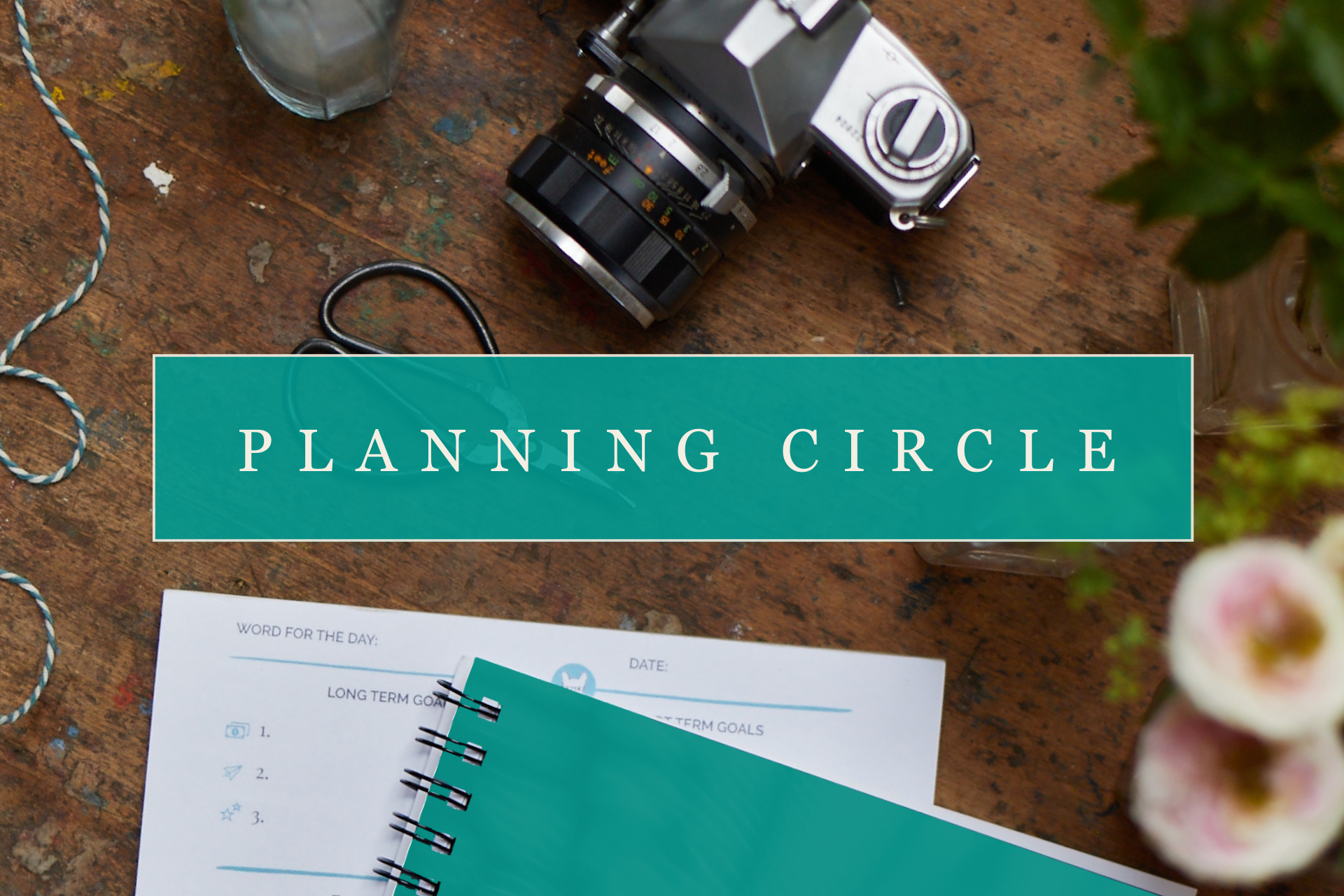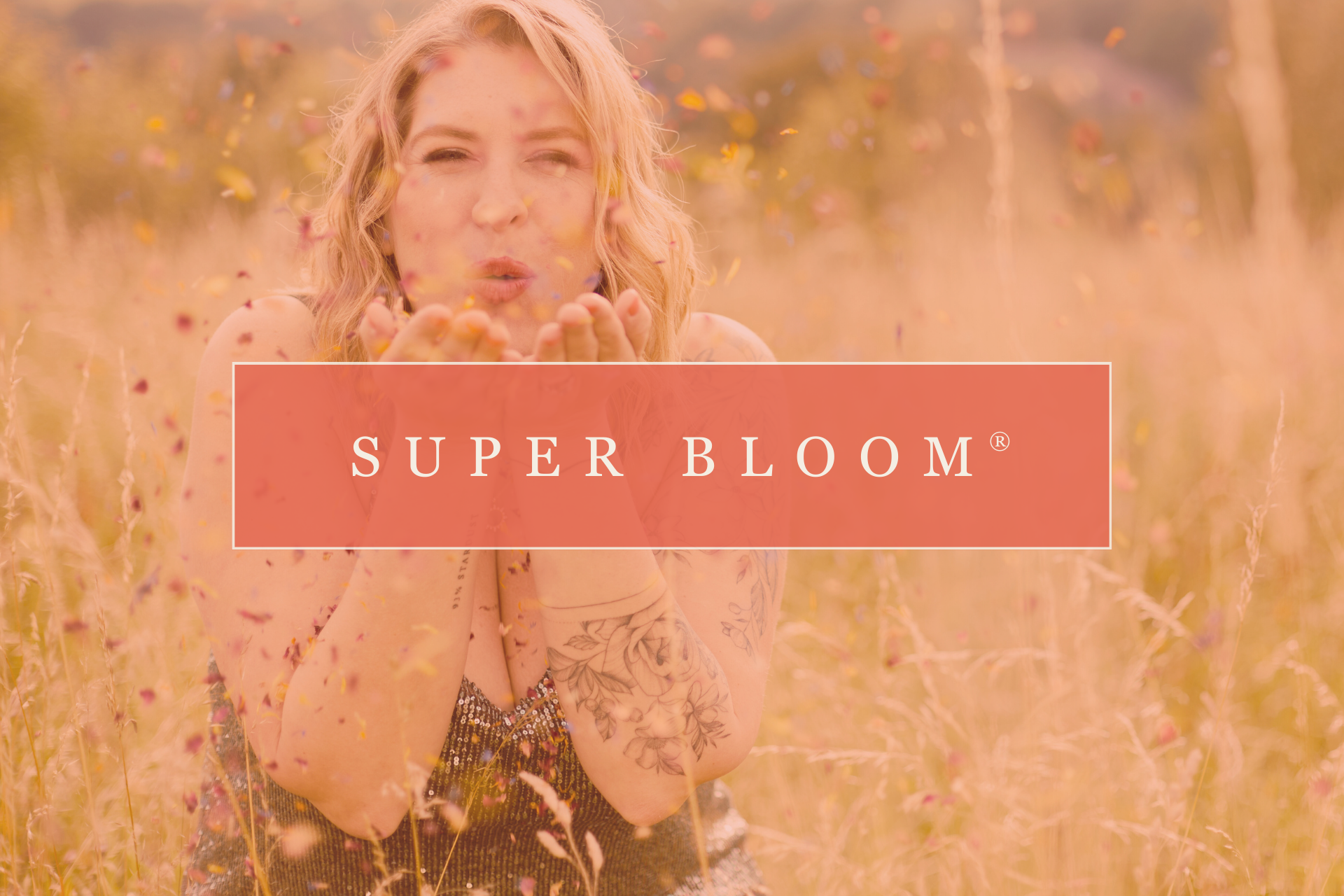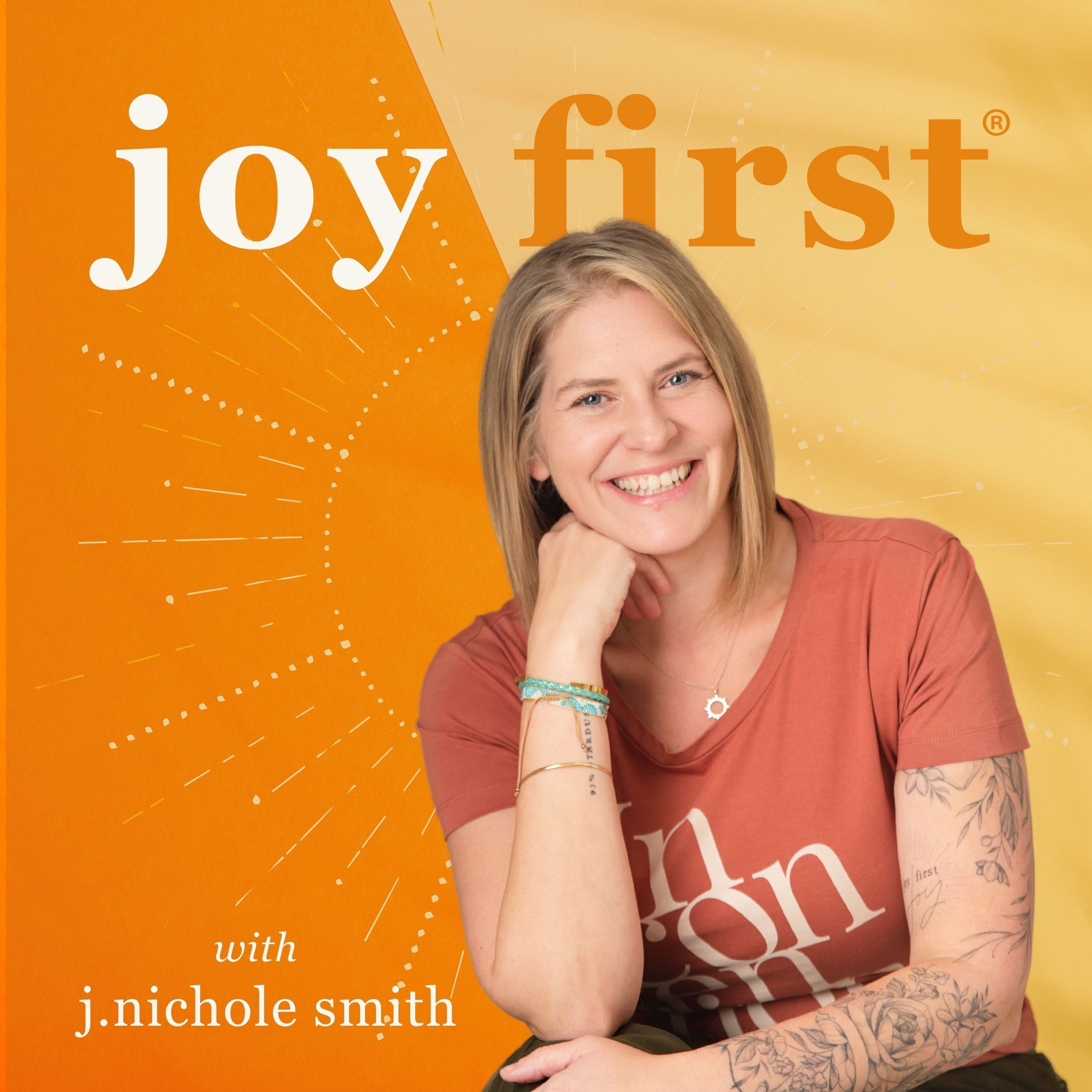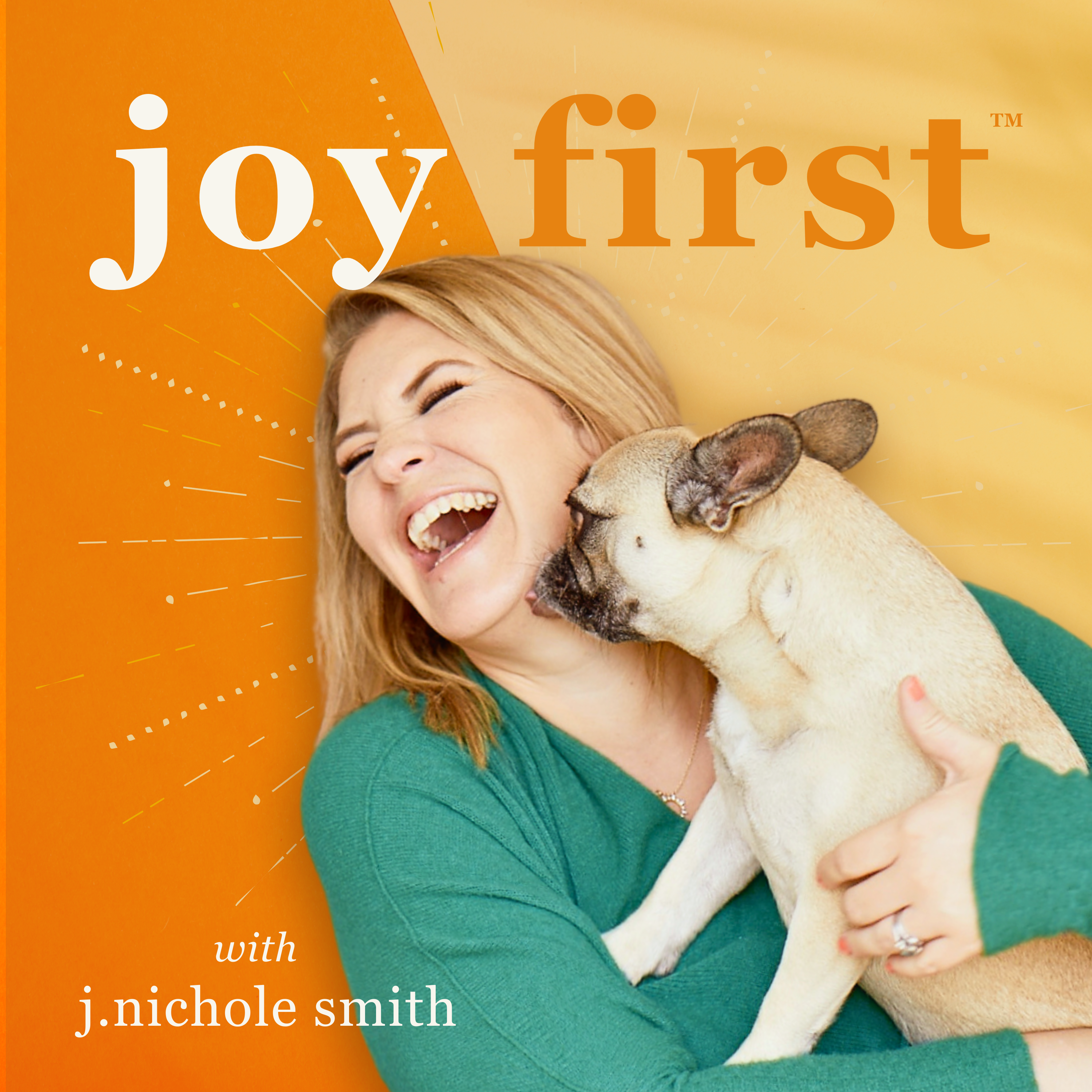I Spent Six Months Fighting Over Three Shades of Grey. Here's Why It Actually Mattered.
Picture this: I'm VP of brand at a tech startup, locked in a battle with our UI/UX designer over whether our app's greys should be warm or cold. She's insisting on blue-based greys: Apple does it, all the big tech brands do it, so obviously it's correct for technology, right?
Wrong. And today I'm going to de-code for you why this seemingly insignificant detail reveals everything you need to know about colour psychology.
Today, we're diving deep into the invisible force that's been shaping many of your decisions today, yesterday and last week (probably without you even realizing it). Yup - it's time to demystify the science behind colour psychology, and uncover exactly what's happening in your brain when you see certain colours (spoiler: it happens before your cognitive mind even starts processing words).
I'll break down the four groups of colour that correlate with the four brand personality types we discussed last week, and why understanding this distinction is the difference between a brand that converts at high rates and one that creates micro-moments of mistrust throughout the customer journey.
You'll discover why that UI/UX designer and I were actually both right (and both wrong), how personality type is probably driving which colours you like and don't like, and the exact framework I use to build psychologically consistent brands that create instant trust.
Plus, I'm going to walk you through all eleven colours, from brown to pink to that one colour that has absolutely zero positive psychological benefits (yup, can you guess which one??). You'll learn which colours are physically stimulating versus mentally stimulating, why some tech brands are shooting themselves in the foot with their colour choices, and how one CEO's best-selling book nearly ended up with the entirely wrong psychology (and what I helped her publisher do instead).
Plus, I'm sharing real client stories - the photographer who tripled her business after letting her freak flag fly with colour, the doctor whose book leapt off the shelf while competitors faded into beige, and the rebrand that almost didn't happen because the founders were super attached to black and white.
What You'll Learn:
-
What happens in your mind with colour before your cognitive mind analyzes anything
-
The four groups of colour and how they correlate with personality types (with the exact science behind it)
-
How to choose colours strategically based on psychology, not just preference
-
Why certain colour combinations create delicious harmony while others trigger instant distrust
-
The critical questions to ask before choosing any colour for your brand
-
Real examples of brands getting colour psychology right (and catastrophically wrong)
-
Why it's so important to stick to colours from one 'group' to get the results you want with your brand
-
The psychology behind every major colour from brown to pink (including which one to avoid entirely)
Links & Resources Mentioned:
-
Free Brand Personality Quiz: go.jnicholesmith.com/quiz
-
Tara Lynn & Co. photography (sunshine brand example)
-
Jana Scharfenberg website (seaside brand example)
-
The Ad Girls rebrand: theadgirls.com (fireside brand example)
-
Natalie MacNeil website: nataliemacneil.com (fireside brand example)
-
Dr. Romie Mushtaq - Busy Brain Cure book
-
Starling Bank rebrand breakdown (mentioned)
-
Dealing with Whiteness podcast series (previous season)
-
Photographer Bry Penny (collaborative work mentioned)
The science is clear: colour either creates instant trust and desire, or it creates confusion and resistance. There's very little neutral. Your colours are either helping you or hurting you.
The question is - do you know which it is?

